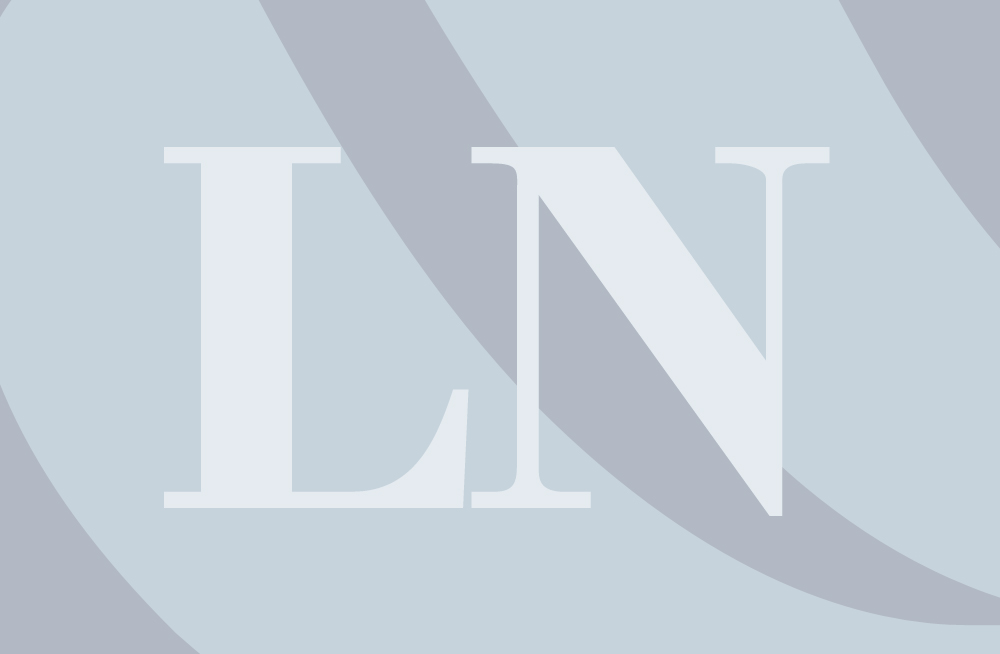This summer, hundreds of participants in local surf charity camps will seek healing in the ocean swells off the coast of local beaches.
Surf instructors will guide those with alopecia, hearing and visual impairments, cystic fibrosis, spinal cord injuries, autism, diabetes or radiation poisoning into the sea to experience the physical and emotional benefits of saltwater immersion, cruising toward shore on a gentle wave.
Jack Viorel, founder of Indo Jax Surf School, said, “I really believe there are healing properties in the ocean with the saltwater and the sun and the wind.”
Indo Jax Surf School hosts 11 charity camps throughout summer. The season began April 13 with a trip to India’s Homes of Hope to take orphan girls surfing; it closes with the Wounded Warrior Surf Day at Wrightsville Beach Sept. 12.
This week Indo Jax held a camp for 20 children visiting from Belarus, a region with a population that still suffers the effects of radiation poisoning after a 1986 nuclear accident. The kids travel to the United States for six weeks, Viorel said, giving their bodies and immune systems a chance to detox. One of those weeks is spent surfing.
“Sometimes, they have some skin issues, so the saltwater is really good for that,” Viorel said. “But I think having their feet in the sand and bodies in the ocean … really helps with recovery and sort of rejuvenating.”
Derek Rabelo, a blind-from-birth surfer who gained international recognition for riding massive waves at Hawaii’s Bonzai Pipeline and other world-class breaks, will attend the visually impaired surf camp in July.
Local nonprofit Ocean Cure also hosts free charity camps through summer. Nearly every weekend at Carolina Beach, the organization holds a Little Pink Houses of Hope camp for those battling advanced breast cancer or a Wounded Warriors camp for injured military or veterans and their families.
Ocean Cure founder Kevin Murphy is equipped with motorized surfboards for those with spinal cord injuries. With electric motors on the bottom, a wristband worn by the surfer controls the boards. By pressing a button, they activate the motor when they see a wave coming.
“Usually, when we go out, it’s 10 or 15 people around one person on a board,” Murphy said. “This allows them to kind of go out by themselves … and they feel a lot more independent.”
WB Surf Camp founder Rick Civelli took a different approach to charity camps, pouring all of the school’s resources and efforts into one massive charity event Aug. 14 at Topsail Beach. When he created the Aloha for Alopecia surf camp in 2011, the event drew around 40 participants. This year, he expects more than 300 campers. There’s no other event like it in the world, he said.
“Last time we did the camp, I think we represented 12 countries,” he said.
Because alopecia areata causes hair loss, many affected with the condition try to hide it by wearing hats or wigs, avoiding the ocean, said Civelli, who has alopecia himself. Aloha for Alopecia gives kids with alopecia the chance to spend an uninhibited day playing in the ocean.
“There’s no better way to build confidence in kids than to get them in the water and teach them how to surf,” Civelli said. “It’s totally cool that it draws so many kids together. … To see some of the bonds that form is pretty amazing.”
email [email protected]




